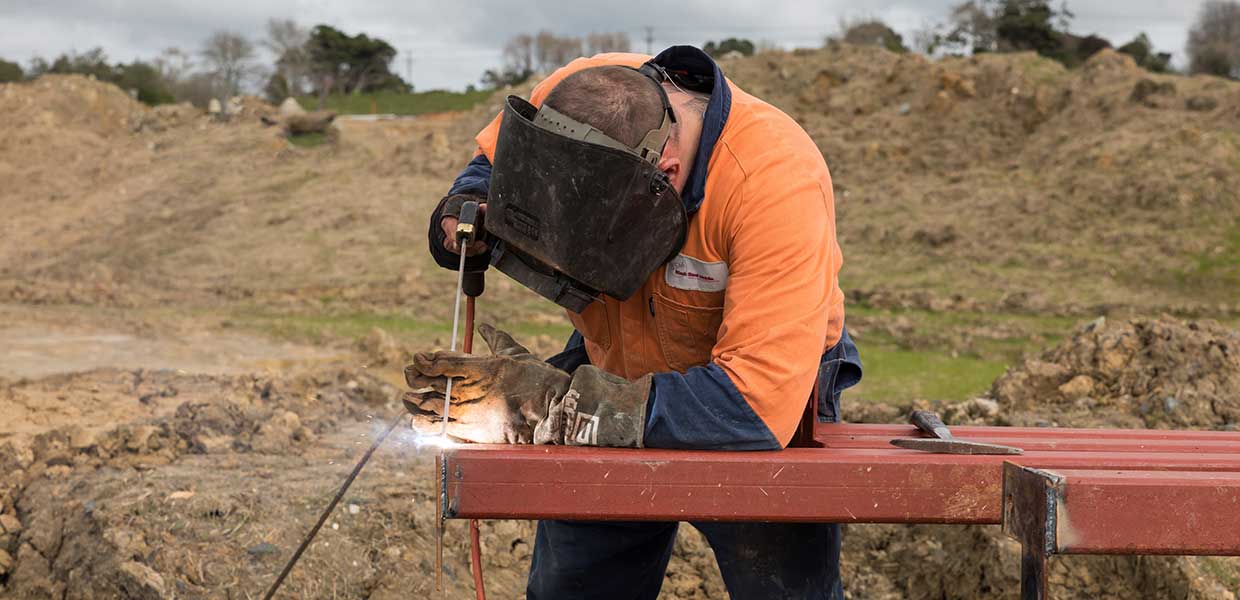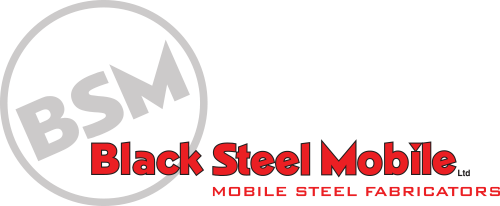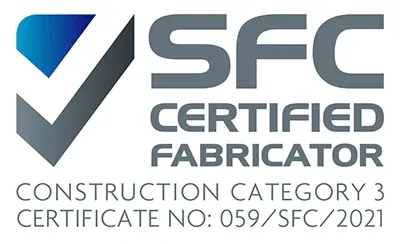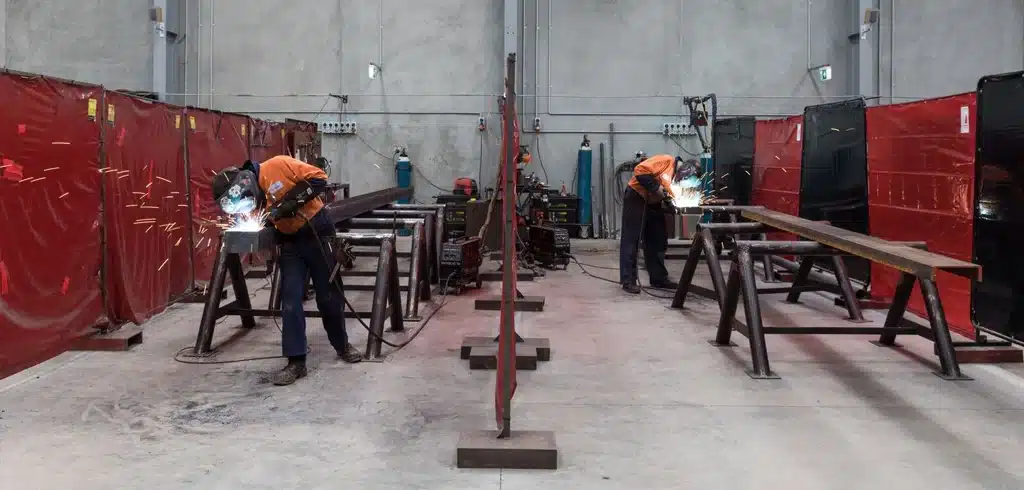Welding is the core of what we do in structural steel fabrication. It’s the process that bonds every beam, cleat, and bracket into a safe, strong structure — whether it’s in the workshop or out on site. In residential construction across Auckland, two types of welding are most commonly used: MIG and Stick (Arc). Each has its strengths, and each plays a key role in delivering quality steelwork.
1. MIG Welding (Gas Metal Arc Welding – GMAW)
MIG welding is our preferred method in the workshop. It’s fast, clean, and consistent — ideal for general fabrication like base plates, stiffeners, and cleats. We typically run solid wire and adjust wire thickness depending on the job — thicker wire for heavier sections and thinner wire for finer work. Solid wire (ER70S-6) gives us a reliable, smooth weld with minimal spatter, provided the material is clean and conditions are controlled. MIG allows us to work efficiently while maintaining high-quality welds that meet structural requirements.
2. Stick Welding (Shielded Metal Arc Welding – SMAW)
Stick welding is our go-to for on-site work, especially where access, weather, or power supply make MIG impractical. It’s robust, reliable, and adaptable. At Black Steel Mobile, we standardise on 7018 low-hydrogen rods for structural welding — delivering strength, consistency, and crack resistance. For architectural elements where a finer finish is required, we may switch to 6013 rods to achieve a neater appearance.
Whether in the shop or on the tools, using the right welding method — and the right consumables — ensures every connection is strong, safe, and built to last.
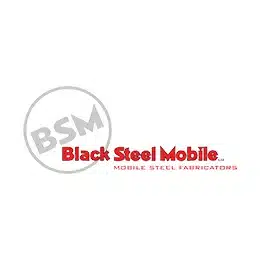
Based in Auckland, Black Steel are specialists in structural steel beam fabrication for residential buildings and earthquake strengthening projects. Our mobile steel fabrication workshops come to your site to make sure everything we do is accurate and meets the requirements of your building plans
